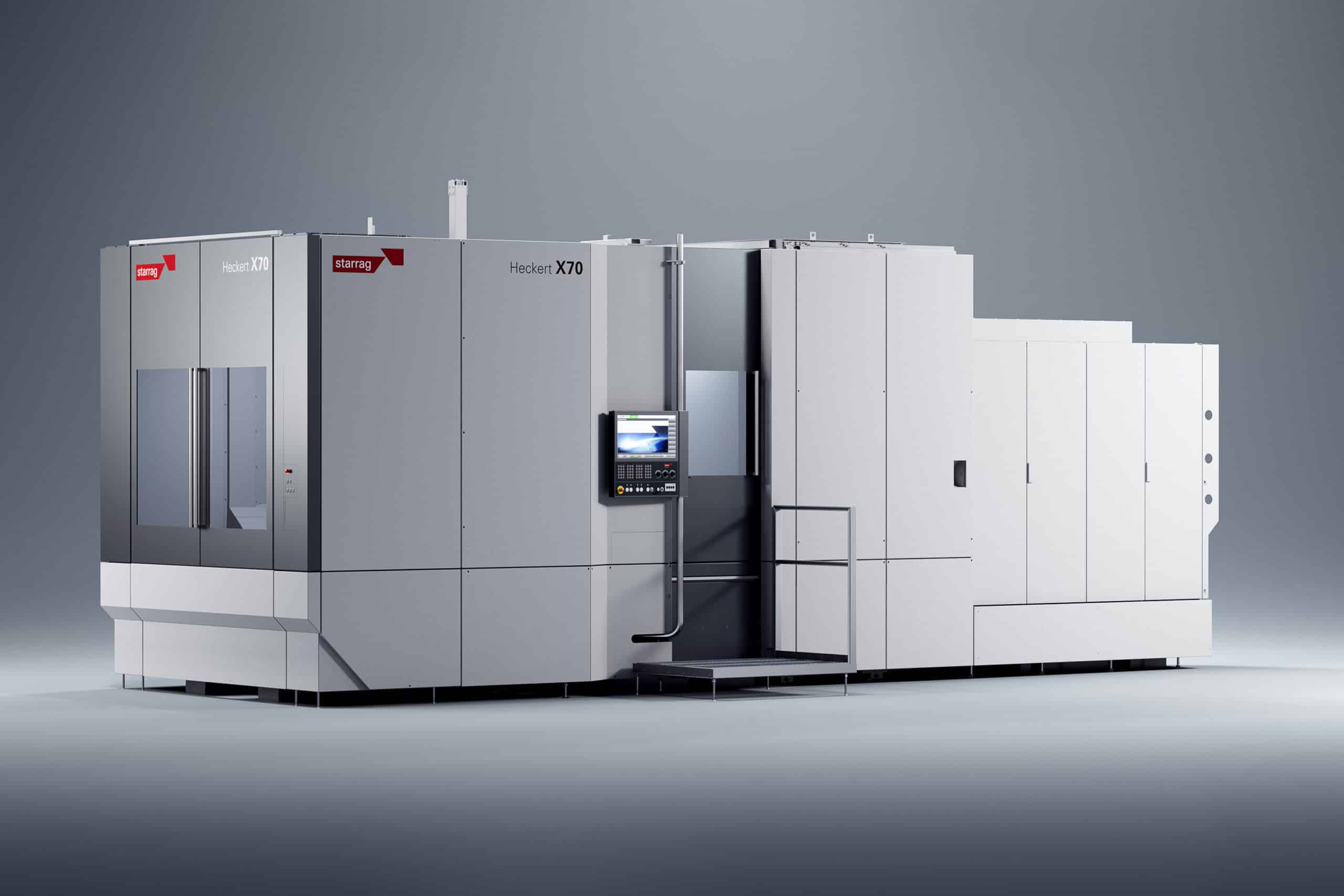
The warehouse of the future
The market demands ever-increasing logistical flexibility. The human factor is under the microscope (ergonomics, congestion avoidance, aversion to boring and monotonous labor...), pressure on operational costs is high, and the pursuit of sustainability is more prevalent than ever. In order to meet these challenges, we need to design our warehouses to be as resilient and responsive as possible. In doing so, many logistics operations need to add the dimension of sensible automation as an option in their pursuit of optimization. A look ahead.
A warehouse must be arranged according to several fixed parameters. Location is one of them. If your company is located in a region where square footage is particularly expensive, a solution in height may be appropriate. If you operate in a region characterized by a huge labor shortage, then automation is the way to go. Several disruptive changes have taken hold. Think of the rise of e-commerce, which means that manufacturing companies themselves deliver directly to the customer and have to (learn to) organize return processing. Or to corona, making automation even more prominent. Or the invasion of Ukraine, which shook up just-in-time deliveries and made inventory suddenly interesting again.
It makes companies look at their logistics processes differently. But how can we all take into account what will change in the future, without a crystal ball to look into? The warehouse of the future must therefore be founded on two pillars: flexibility and responsiveness. Generally, the more you automate, the more you have to sacrifice flexibility. But this is not true for every company in black and white. Manufacturing companies know their products, their pallets and their product range, and also have the insight into how that may evolve over time. They can afford more hard automation than, say, so-called third-party suppliers, who work with contracts and projects on shorter time frames, making such investments harder to bear.
Yet we see that automation is the key word for the coming years, despite the greater product diversity coming our way. But then we must think of hybrid systems rather than the fully automated warehouses we know today. Not the fixed cranes and conveyors of yesteryear; robots and shuttles will make their appearance in the warehouse of the future. These will give companies the ability to adjust faster and offer a more redundant setup. Busier in the summer months? Then just lease an extra robot to quickly scale up capacity. That's the agility companies will need in the future.
The way forward for the entire supply chain will therefore be driven by IT. AI, big data, digital twins, machine learning ...: this is the technology that will help companies respond quickly to changing market conditions - or even anticipate them already. The important thing here is to keep the full picture in mind. Logistics is like a puzzle, in which a lot of pieces have to end up in the right place. For example, the warehouse of the future must also consider sustainability, transparency. Why not think about how to share a warehouse across company boundaries to optimize goods flows?
Anyone who wants to see concretely what the warehouse of tomorrow could look like is welcome to Log!Ville. It brings together technologies that have come to the fore today to improve logistics processes. And those who already want to get a glimpse of the warehouse of the day after tomorrow can learn digitally about the innovations that will reinvent the warehouse.
(Based on a lecture at Indumation)
Paul van Nuffel, Senior Business & Innovation Manager, Log!Ville



